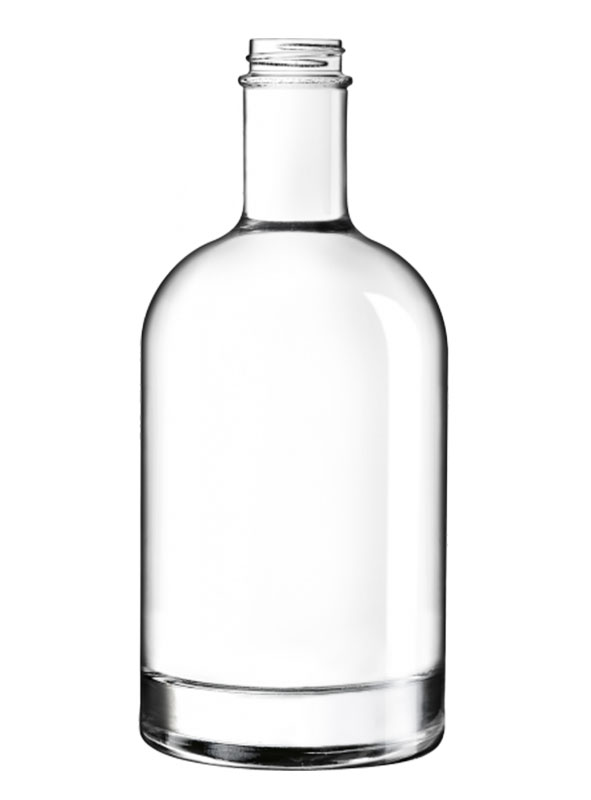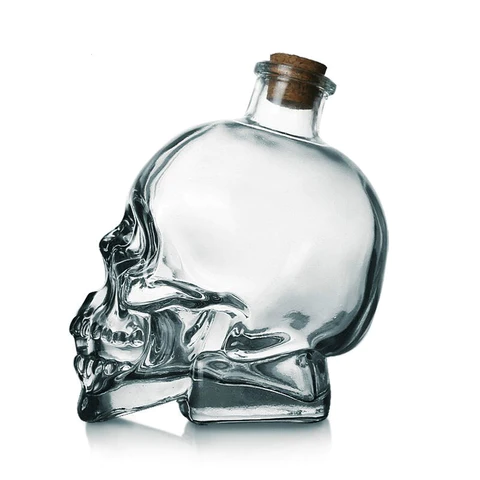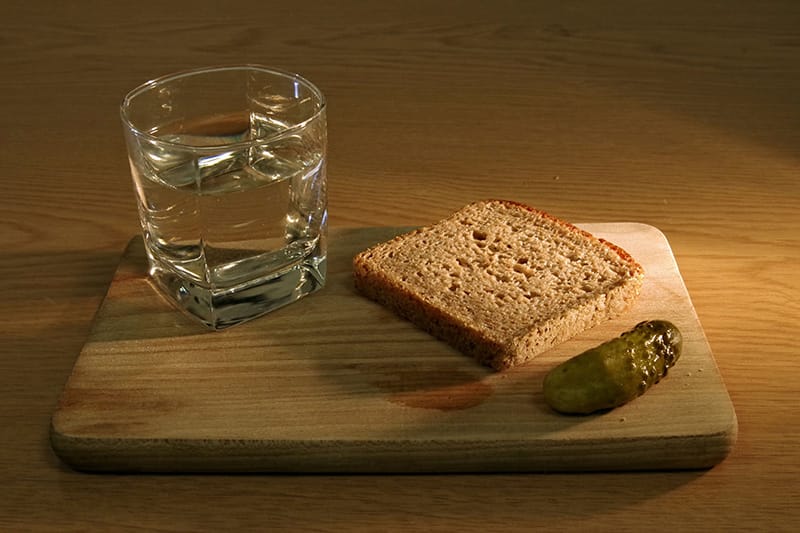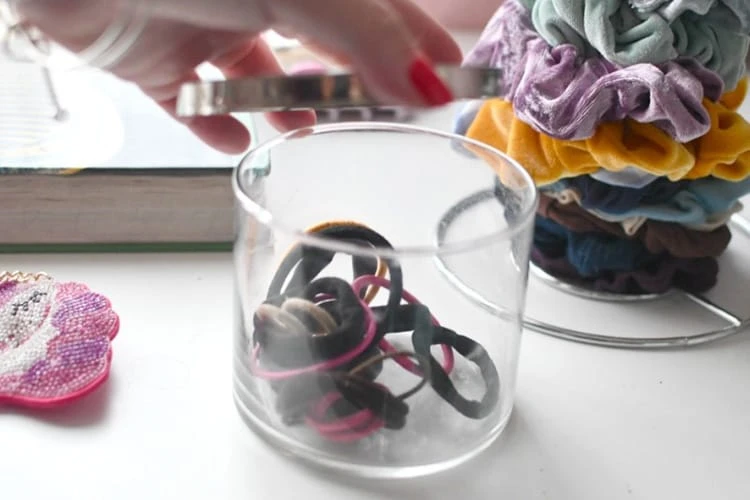Colored glass bottles have been a part of human history for centuries, used in various applications from medicine storage to decorative purposes. Their rich hues and vintage charm continue to captivate people today, finding their place in contemporary home decor, art, and even the beverage industry. This article delves into the fascinating world of colored glass bottles, exploring their uses, benefits, and why they remain a popular choice.
The Art and Functionality of Colored Glass Bottles
History and Production
Colored glass has been around since ancient times, with the oldest known examples dating back to 1550 BC in Egypt1. The color in glass bottles is achieved by adding metal oxides or minerals to the molten glass mixture during production. For instance, cobalt yields blue, copper produces green, and gold results in red2.
Uses of Colored Glass Bottles
Colored glass bottles serve many purposes. They’re often used as containers for beverages like wine, beer, and spirits due to their ability to protect the contents from sunlight, which can affect the taste and quality of the drink3.
In addition, colored glass bottles are frequently used in home decor for their aesthetic appeal. They can be displayed as vases, candle holders, or simply as stand-alone decorative pieces4.
Moreover, colored glass bottles are popular in arts and crafts. They can be transformed into unique light fixtures, garden decorations, or even jewelry5.
Benefits of Colored Glass Bottles
Protection from Light Damage
One of the primary advantages of colored glass bottles is their ability to protect their contents from harmful UV rays. Certain products, particularly beverages and essential oils, can degrade when exposed to light, altering their flavor or effectiveness. Colored glass bottles, especially amber and cobalt blue ones, can block these damaging rays, preserving the quality of their contents6.
Eco-Friendly Choice
Glass is 100% recyclable and can be reused indefinitely without losing its quality or purity7. Therefore, choosing colored glass bottles over plastic counterparts contributes to reducing plastic waste and promoting environmental sustainability.
Aesthetic Appeal
The vibrant colors and diverse shapes of colored glass bottles add a touch of elegance and uniqueness to any setting. Whether displayed on a kitchen shelf, used as a centerpiece, or repurposed into art, colored glass bottles enhance the aesthetic appeal of a space8.
Where to Find Colored Glass Bottles
Colored glass bottles can be found in various places. Antique stores, thrift shops, and flea markets often carry vintage colored glass bottles. Online marketplaces like eBay, Etsy, and Amazon also offer a vast selection of colored glass bottles in all shapes, sizes, and colors9.
Conclusion
In conclusion, colored glass bottles are more than just containers; they are pieces of art with a functional purpose. Their protective properties, environmental benefits, and aesthetic appeal make them a versatile and valuable addition to various industries and households. So, whether you’re a beverage producer, a home decorator, or a craft enthusiast, colored glass bottles offer a vibrant and practical solution to meet your needs.
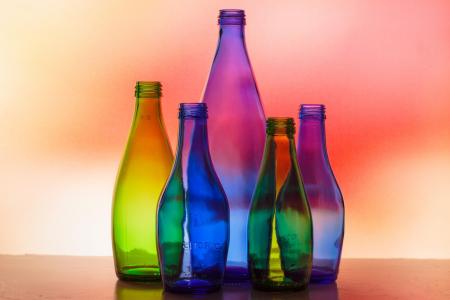
Footnotes
- National Bottle Museum: History of Bottles ↩
- International Gem Society: The Science of Gem Color ↩
- Wine Spectator: Why are Wine Bottles Green ↩
- Decoist: Decorating with Glass Bottles ↩
- DIY Network: 12 Ways to Upcycle Old Jars and Bottles ↩
- Packaging Options Direct: The Benefits of Amber Glass ↩
- Glass Packaging Institute: Why Choose Glass ↩
- Apt Therapy: Decorating with Colored Glass Bottles ↩
- Etsy: Colored Glass Bottles ↩


